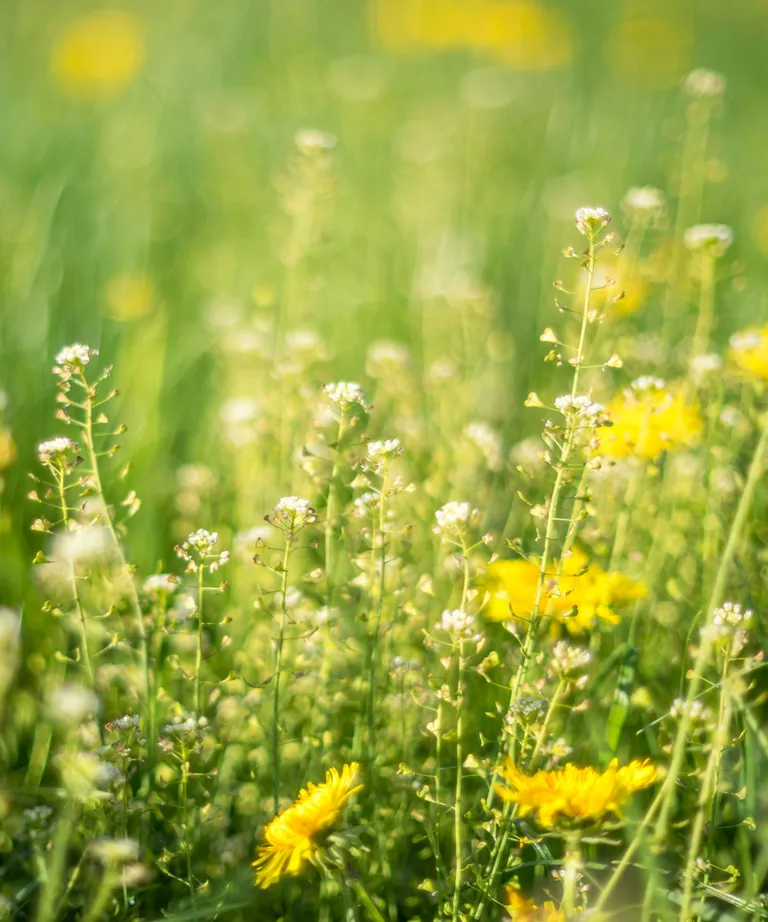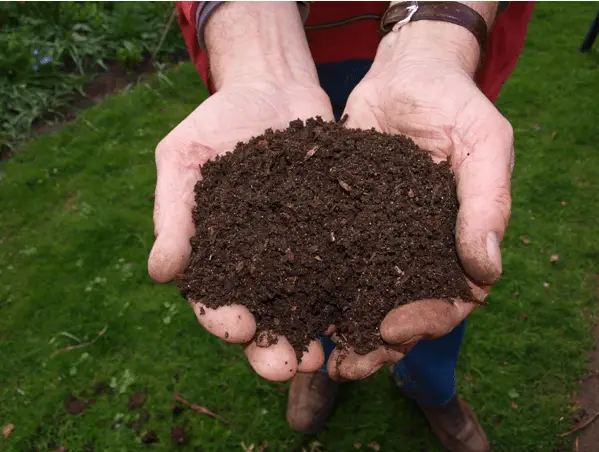What Do You Spray On Grass in The Spring?
Last Updated on March 25, 2025 by Duncan
With spring being on the way, it’s time to start thinking about opening up the shed, getting out the tools, and preparing your lawns for the growing season. Spring is near, which means it’s time for one of the most critical lawn management activities of the year: early spring weed control.
Weeds, once established in your lawn, will steal vital nutrients (mostly water and sunlight) from the grass. This fight for nutrients and space will eventually make your grass hungry, weak, and susceptible to drought and disease.
The key to preventing this is to attack the weeds before they emerge. If you have been wondering what to spray on grass in spring, here is a guide to early spring weed control, as well as some strategies to help you get ahead of those pesky weeds.
Pre-emergent herbicide
Pre-emergent herbicide application is a preventative weed management approach that you should carry out early in the spring. It creates a chemical layer in the soil that prevents seeds from germinating and weeds from developing.
When it comes to spraying pre-emergent herbicides, time is critical. A good way to go about it is to wait until the soil temperature has reached at least 50 degrees before applying. While this is the case, don’t wait too long. This is because pre-emergent herbicides have no effect on weeds that have already begun to develop.
You should note that weeds will start to germinate when the soil temperature reaches 50 degrees or above. Weeds will emerge from the soil after the temperature has been between 50 and 55 degrees for at least a week.
To be on the safe side you should monitor the soil temperature which will prepare you to take the appropriate procedures at the appropriate moment to defeat the weeds before they have a chance to thrive.
Other things you should do to your lawn
Besides applying pre-emergent herbicide at the right time, there are plenty of other things you should do to keep your grass in top shape. These things include:
Rake away the debris
In the spring, many lawns are far from being perfect. Snow mold, dogs, and annoying creatures such as voles and moles can all cause harm to your lawn.
If you are like other homeowners, you have many dogs in your household who frequent the same lawn area during the winter, which means you will be experiencing localized pet pee damage.
For an elegant looking lawn you should give your grass a thorough raking to remove any thatch that has grown over the winter. This thatch can provide a habitat for snow mold, and you don’t want sickness to establish itself on your grass.
Use this time to clear up any dead debris or leaves that you may have missed while raking in the fall for the same reason. Removing these will expose your grass to much-needed sunlight and improve airflow, discouraging mildew and other hazardous creepy crawlies.
Apply early season fertilizer
You should use early-season fertilizers in conjunction with crabgrass pre-emergence herbicides. If you have fertilizer on hand and want to apply it, wait until the turf has fully greened up and grown to the point where mowing is necessary.
Soils are still quite cold, so you should wait until they are warm, the turfgrass will not actively grow or absorb nutrients due to this.
It’s tempting to fertilize as soon as lawns become green, but wait until the grass grows, especially if you are applying a fast-release nitrogen fertilizer. This is because grass roots have been saving carbohydrates since last fall and are now using them to fuel growth in early spring.
Because these carbohydrate reserves are depleted when development resumes in the spring, fertilizer is more beneficial to the plant after it has exhausted some of its own resources.
To break down organic fertilizer, soil surface temperatures should be constantly above 50º, as microorganisms become more active as soils warm up.
Take care of snow mold
As soil temperatures rise above 50 degrees, grass will begin to show indications of life. Sunny areas will be the first to green up, whereas shaded ones may take longer to do so.
Certain grasses, such as Kentucky Bluegrass, take longer to green up in the spring, but perennial ryegrasses do so more quickly, both in green-up and renewal.
If the grass does not respond to extended periods of warmer weather and some spring rain, it may be dead or infested with snow molds that attacked it while it was still covered in snow.
Snow molds affect grasslands beneath snow cover or during cool, wet winters after the grass was fed with a fast-release nitrogen fertilizer in late fall.
Snow mold can be severe where snow has accumulated on sidewalks or driveways, giving the necessary insulation for the fungus to flourish.
Snowmelt reveals spots where the illness has affected the lawn. Pink snow mold can destroy grass and is characterized by tan areas with a pinkish border.
Gray snow mold will not have pink borders, and careful examination will reveal little dark fruiting bodies on the leaves and stems. Gray snow mold is usually not fatal. Rake these areas to remove dead leaves, and the grass will return. Pink snow mold-affected areas may require raking and seeding.
Seed your lawn
If portions of the lawn are thin and you are thinking about seeding, there is a propensity to rush out and do something before the soils warm up enough to allow for proper seed germination.
In most places, cool season grasses require soil temperatures above 50º to germinate. Typically, soil temperature lags behind air temperatures but quickly catches up.
If crabgrass has been a problem in areas where spring seeding will be done, use two pre-emergent herbicides to keep crabgrass from invading the seed while enabling the desirable grass seed to grow and thrive.
Spring seeding is bound to produce great outcomes. Grasses require time to create a strong root system, and hot weather typically arrives before this can occur.
If hot, dry weather occurs, newly seeded areas may require a thorough watering once a week. You should note that if you don’t use extra irrigation, the grass will become dormant and may die if the roots are shallow.
Get rid of the moles
Warm spring soils attract earthworms and grubs to the upper soil levels, and you might find mole activity. If you find mole activity, investigate the areas of highest activity to see if grubs are luring them there.
If you find none, it is likely that they are after earthworms. This is especially true around the borders of deciduous woods, where worms thrive beneath the leaf litter.
Moles may trespass on lawn areas in search of worms, tunneling wherever they find them. you can use spring traps to try to limit excessive mole activity. No bait is necessary; simply set the trap with the support stakes straddling a main tunnel.
If killing the moles is not an option, use hand removal instead. Look for moving earth as the mole tunnels, and put a spade or a heavily gloved hand about 12 inches behind the mole’s path.
This will keep it from making a U-turn and escape. Use your second tightly gloved hand to open up the earth where the mole should be. Either fling him out or take him up by the tail, but be careful because they bite. Then use it as you see fit, being careful not to throw it into the neighbor’s yard.
Service the lawn mower
Before you mow your lawn for the first time in the spring, you should give it a thorough cleaning and tune-up.
Begin by sweeping away any old grass clippings or trash. Gently tilt the lawnmower (not upside down) to remove any hardened grass from below. Check the blade: is it still sharp? Any nicks? Replace it as necessary to provide a good, clean cut when you start the mower.
Speaking of starting the mower, give your gas-powered equipment a tune-up before putting it back into operation. Check the oil and filter. If you need to change the spark plug, unplug the wire first.
For electric types, make sure the wire or battery is in good working order and remove any clogged vents. (Check your handbook to determine if there are any additional normal maintenance tasks that should be done for your individual model.)
Mow high
When it comes to when to mow the lawn in the spring, you should start after there has been some growth. Wait until the grass reaches a height of around two inches to allow it to develop a strong root system.
Then you can mow, being sure to keep the grass short – around one-third of the overall length.


